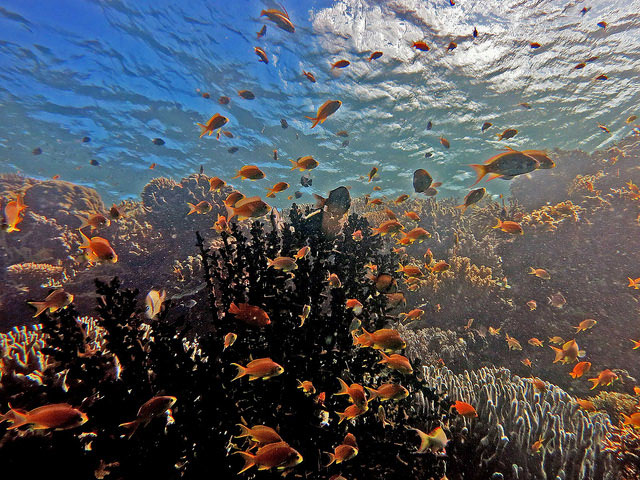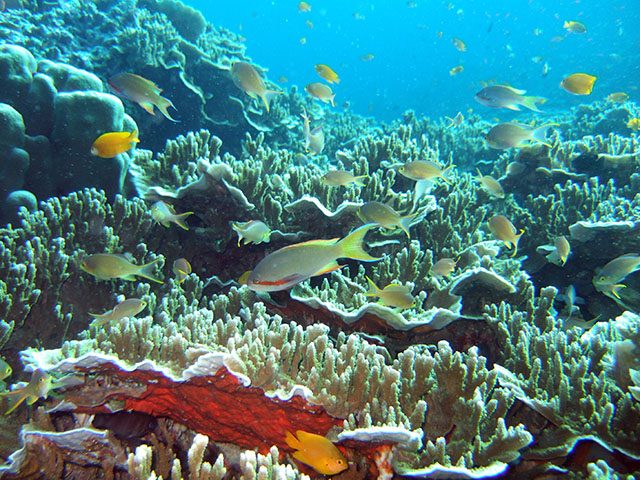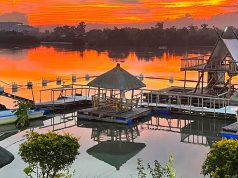A footage of corals seen during a night dive at Moalboal, Cebu shows how famous the municipality is for recreational diving because of its surrounding waters’ colorful marine life.
A Reddit user named “Scuba_Diver5” shared a three-minute footage of the night diving activity and noted that underwater ultraviolet lights were used to illuminate the corals and the sea creatures.
Based on the timestamp of the footage, it was taken on December 2018.
One of Cebu’s top diving spots
Moalboal is a peninsula where majority of the locals engage in fishing as their livelihood. It is also famous for being one of Cebu’s top diving spots since it has well-kept corals and diverse sea creatures in the local marine ecosystem.
Some of the sea creatures that can be spotted in the area’s surrounding waters are sardines, frogfish, mandarin fish, pygmy seahorse, flame file shell, lionfish, clownfish, sea turtles, tunas and white tip sharks.
Moalboal is also known as an “internationally recognized center of diving excellence” as it has several renowned diving centers that cater to locals and tourists alike.
There are nine diving spots within the municipality, namely Pescador Island, Copton Point, Tongo Point, Panagsama Beach, Marine Sanctuary, Dolphin House, Tuble Reef, Kasai Point and the Talisay Wall.

Each of these diving spots offer a wonderful view of Cebu’s marine life.
The most famous one is Pescador Island as the structure of the reef follows the entire coastline, reportedly making it ideal for marine activities like scuba diving, snorkeling and free diving.
It has a shallow drop-off point that is close to the shore yet has a depth of more than 40 meters.
Moalboal is also famous for the “Sardine Run” where divers can swim alongside sardines all year round off the coast of Panagsama beach.
A travel website noted that people can see “huge cloud of sardines” while they create “different shapes and forms against the backdrop of the spectacular reef wall.”
The ‘Coral Triangle’
The Philippines has a rich marine ecosystem because it is part of the “Coral Triangle,” an area that comprises the tropical marine waters of Indonesia, Malaysia, Papua New Guinea, the Solomon Islands, Timor Leste and the Philippines.
Oceans within this triangular-shaped region contain more species of corals, fish, mangroves, seagrass and many other water-based organisms than any other marine area on earth.

Scientists attribute the diversity of the region’s marine ecosystem to the sea surface temperature and the size and variety of the habitats available.
“We analyzed over 10,000 maps of marine species, and found that habitat, calculated as coastline length, was the best predictor of species richness, followed by the variety of habitats and sea surface temperature,” Jonnell Sanciangco, a researcher at the Old Dominion University, said.
Kent Carpenter, a manager of the Marine Biodiversity Unit at the International Union for Conservation of Nature, added that the sea surface temperature of the Indo-Pacific Warm Pool “enhances (the) diversity and species evolution” of the sea creatures.
The Indo-Pacific Warm Pool is considered the warmest area of seawater in the world.










